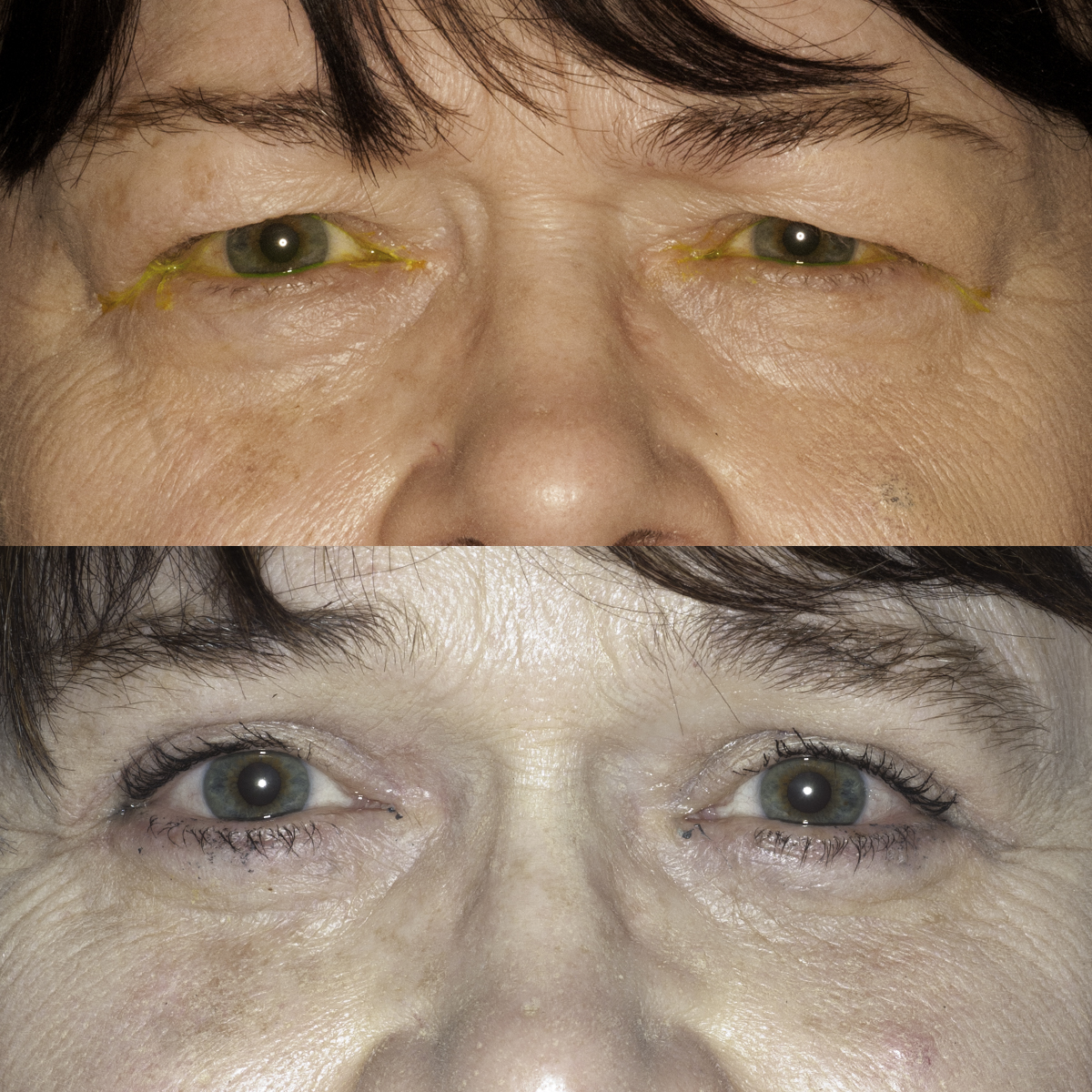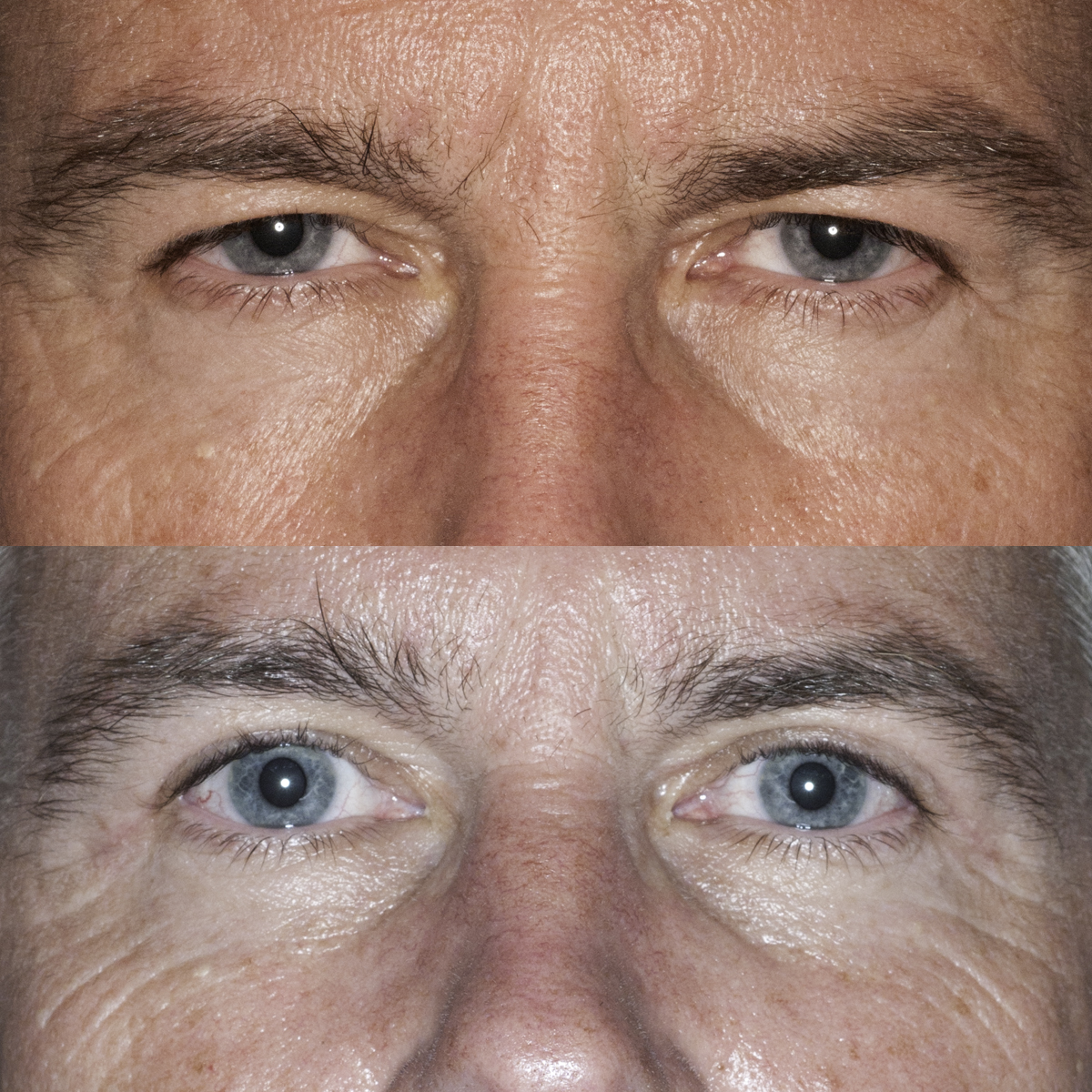We recently celebrated our first year in practice in Salt Lake City. I’ve been privileged to perform hundreds of eyelid surgeries and other procedures in that time and I’ve come to learn that every patient is unique in how they get through surgery. I strive to make my techniques consistent so that my patients can expect consistently good outcomes, but despite my best efforts, some patients have a more difficult time of it. Whether it be significant differences in swelling and bruising or unexpected bleeding, road blocks to quick recovery can occur. It is important that all patients know the limitations of modern medicine and understand that recovery from surgery can involve setbacks and unexpected twists and turns. With that in mind, I wanted to compile a short guide on what a patient can expect from surgery, both before and after, to help them better anticipate what their course may be like.
Pre-op: Prepare for surgery
Patients can make their surgery much smoother by following a few simple rules before surgery. Beginning 2 weeks before the procedure, they should identify and avoid any medications, supplements or foods that may cause them to bleed more easily. The list is extensive, but includes aspirin, ibuprofen, naproxen (Aleve), fish oil and vitamin E. They should consult with their prescribing doctor if they have a history of heart arrhythmia or blood clots to ensure it is safe to stop taking the medication. Patients on coumadin will need around 5 days off the medication to allow safe surgery. They are often “bridged” during this time with an injectable blood thinner, such as Lovenox. To reduce stress on the day of the procedure, ensure transportation is arranged and ask your doctor if you can fill any post-op medication prescriptions ahead of time. Have a normal meal the night before surgery and remember to not eat after midnight. You should take your normal medications the day of surgery, with the exception of any diabetic medications while fasting. These should be taken with a very small amount of water. Shower and wash your hair the morning of surgery. This will cut down on skin bacteria lessening the chance of infection. You may not be able to shower for a few days after the procedure and will be glad you did just before surgery.
During Surgery: Relax and let your surgical team work
You’ve searched out and chosen a doctor and surgery center you trust. Let them do their job on the day of surgery. Some patients see a need to second guess a lot of what is going on around them, usually out of anxiety. Although you should call attention to anything you see as an error, you should also be helpful in getting the team the information they need to perform your surgery well. Relaxing will lower your blood pressure and make administering anesthesia easier and safer. Don’t hesitate to let them know if you are in pain however, as they will want you as comfortable as possible.
Post-op: Follow directions for a quicker recovery
Your surgery has gone well and your are off to your home to recuperate. Your doctor has given you a list of instructions to follow. This list has been born out of years of experiences with thousands of patients. Although each patient is different, on average they can expect a similar course and these instructions are aimed at making that course as smooth as possible. Begin by ensuring you have your post-op ointment and pain pills filled. Once home, begin immediately applying ice to the eyelids for 20 minutes on and off. Sit with your head elevated above your heart to reduce dependent swelling. Avoid any bending over or strenuous activity, no matter how good you feel. Most broken sutures and open wounds result from people getting back to there normal activities too soon. Apply the ointment at least 4 times daily. At night, sleep with the head elevated. Day two will greet you with a scary picture in the mirror. Your eyelids will likely be much more swollen and purple than the day prior. You may even have trouble opening your eyes. The ointment will be melting and getting in your eyes, making seeing difficult. This is when you are glad you took several days off work and re-upped that Netflix subscription. Time spent resting and recuperating now will pay off later with fewer complications and a more rapid recovery. Keep up the ice every 20 minutes and avoid rubbing the eyelids. After 2-3 days, you’ll start noticing gradual reduction of the swelling and a slow color change of the bruising as it fades. This is when the itching will begin to get annoying. As the stitches are dissolving and breaking down and the skin is healing, severe itching can occur. Resist the urge to scratch and instead treat it with cold compresses.
Follow-up: Let your surgeon monitor your progress
Be sure and follow up with your surgeon within one to two weeks of surgery to ensure healing is on track. By then you should be noticing great improvements day to day. Follow up sooner if you experience a complication, such as uncontrollable bleeding, worsening pain or swelling, significant discharge from the wound or any separation of the incisions.
Knowing what to do before surgery and having realistic expectations after surgery will make your experience much more pleasant. Surgery isn’t for the faint of heart, but anyone can have a good outcome with proper preparation.


